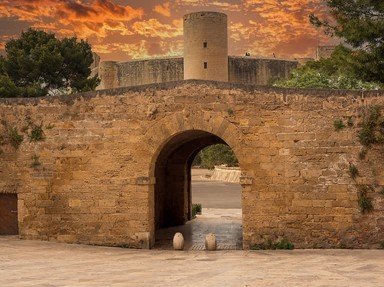Quiz Answer Key and Fun Facts
1. 'The Pass of the Jade Gate', formerly part of the Silk Road in Gansu Province
2. 'The First and Greatest Pass Under Heaven'; the most intact pass on the western stretch of the wall
3. Found in Northern Shanxi; WWII battle site
4. Surrounded by 'magnificent rivers and mountains'; located in Zhangjiakou
5. One of the most visited sites on the Great Wall; more than a kilometer above sea level
6. Part of Juyongguan; a Buddhist-inscribed crossing street tower
7. Site of Jiankou; a point of convergence
8. The highest point on the Great Wall at an altitude of 1.534 kilometers above sea level
9. The 'First Pass Under Heaven'; where the wall meets the Bohai Sea
10. On the North Korean border; also known as 'Bakjak Fortress'
Source: Author
kyleisalive
This quiz was reviewed by FunTrivia editor
stedman before going online.
Any errors found in FunTrivia content are routinely corrected through our feedback system.
